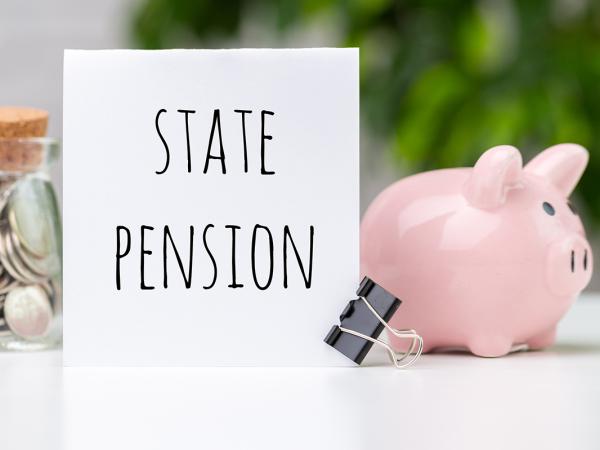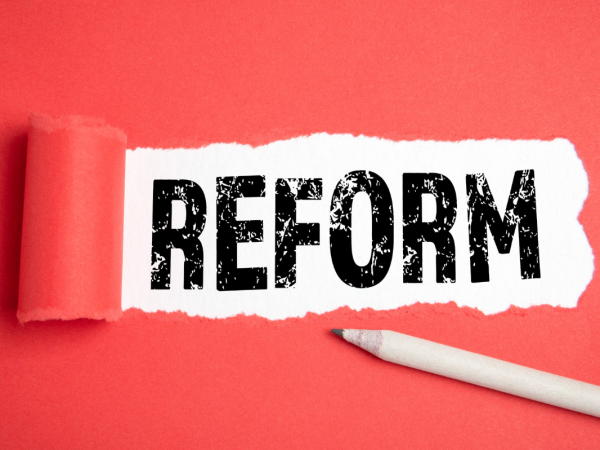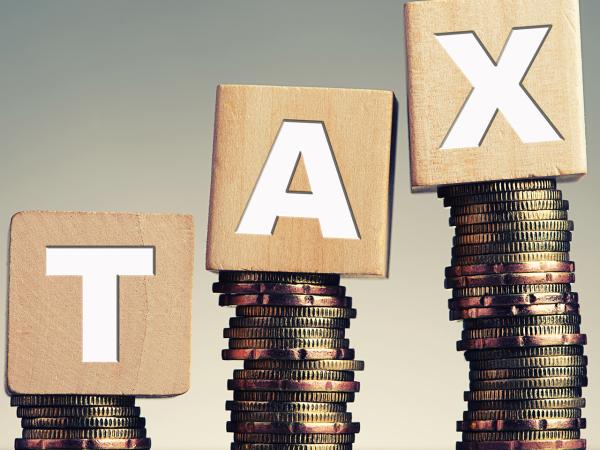Tax on state pensions: looking back and ahead
State pensions are increasing in April 2024, but the point at which most people start to pay tax is staying the same. Here we look ahead some of the problems this might cause. We also give our ideas on how the government could make things easier for state pensioners – some of which we originally suggested in 2007!

State pensions against personal allowance: in numbers
The new state pension is increasing by 8.5% in April 2024, taking it up to £221.20 a week.
But the personal allowance – the amount of income most people can have without paying income tax – will remain at its current level of £12,570 and will stay the same up to and including the 2027/28 tax year.
The state pension is taxable income. As shown in the table below, if you receive the new state pension and have no other taxable income, you might have to start paying tax from 2026/27.
|
2024/25 |
2025/26 |
2026/27 |
|
| New state pension for the full tax year |
11,502 |
12,480 |
13,540 |
| Personal allowance |
12,570 |
12,570 |
12,570 |
| Tax liability (if pensioner has no other income or allowances) |
Nil |
Nil |
£194 |
Your state pension could rise above your personal allowance much sooner if you are part of a married couple or civil partnership and have given up part of your personal allowance to your partner by using the marriage allowance. This is because your remaining personal allowance will be only £11,310.
How tax is paid on state pensions
The state pension does not have tax taken off before you get it. It is often taxed by being ‘coded out’ against other PAYE sources of income you have. This means that you have more tax taken off other sources of income to collect any tax due on the state pension.
If you do not have enough other PAYE income from which tax on the state pension can be collected, HMRC is likely to issue a simple assessment. This will be issued after the tax year ends, with the tax being due by the following 31 January. Some state pensioners may need to fill in a full self assessment tax return.
Problems arising from the way the state pension is taxed
Checking that your PAYE code is correct, checking a simple assessment or completing a tax return can be challenging if you need to work out the correct amount of state pension for a tax year. This figure is not always easy to work out, because the state pension is taxed based on how much you are due to receive for the year, not how much you actually receive.
The state pension is usually paid 4-weekly, so the amounts you receive do not always neatly match up with the taxable amount for the year.
Even if HMRC pre-populates the state pension figure on your tax return (if you are filing online), you should check that you agree the figure is correct.
How can tax be made easier for state pensioners?
We would like the government to consider how tax on state pensions can be collected in a way that is easy for all involved: HMRC, the Department for Work and Pensions (DWP, who pay state pensions in Great Britain), the Department for Communities (DfC, who pay state pensions in Northern Ireland) and – most importantly – for pensioners themselves.
Our ideas to make things easier are:
1. Warning state pensioners about potential tax liabilities
We think that DWP/DfC and HMRC should work together to ensure that pensioners are warned about possibly needing to pay tax on their state pension in future. This should include setting out how the tax will be collected and the likely tax liability.
Some words of warning could, for example, be included with the state pension notification letters that DWP/DfC send out each spring in advance of the April pension increases.
2. Consider deducting tax from the state pension before it is paid
As originally proposed in our 2007(!) report, tax could be deducted at source from the state pension by DWP/DfC applying PAYE to it.
The response to this suggestion has been that it would be too costly to do, particularly as only relatively small numbers of state pensioners may be impacted. However, given that the freezing of the personal allowance looks likely to increase this number, now would be a good time to revisit the idea.
3. DWP/DfC should issue statements confirming the taxable amount of state pension
State pensioners might better understand whether they are paying the right tax if DWP/DfC were to issue statements confirming the taxable amount paid. DWP/DfC could:
- send a projection of the taxable amount for the year ahead with the annual state pension notification letter, to help pensioners check their coding notices; and
- at the end of the tax year, send something like the end of year P60 form that employers and pension providers must provide, to help pensioners check any simple assessments or to prepare self assessment tax returns (and check any state pension figure that has been pre-populated by HMRC when filing online).
Neither of these suggestions would involve DWP/DfC inventing entirely new processes.
DWP/DfC already send taxable state pension data to HMRC, and we understand this is sent both for PAYE coding out purposes (in advance), with the final taxable amount being confirmed at the end of the tax year. Sending the same information to individuals would therefore be a case of taking an existing process one step further. Also, statements are already sent for some taxable contribution-based benefits, such as Employment and Support Allowance, in the form of a P60U.



